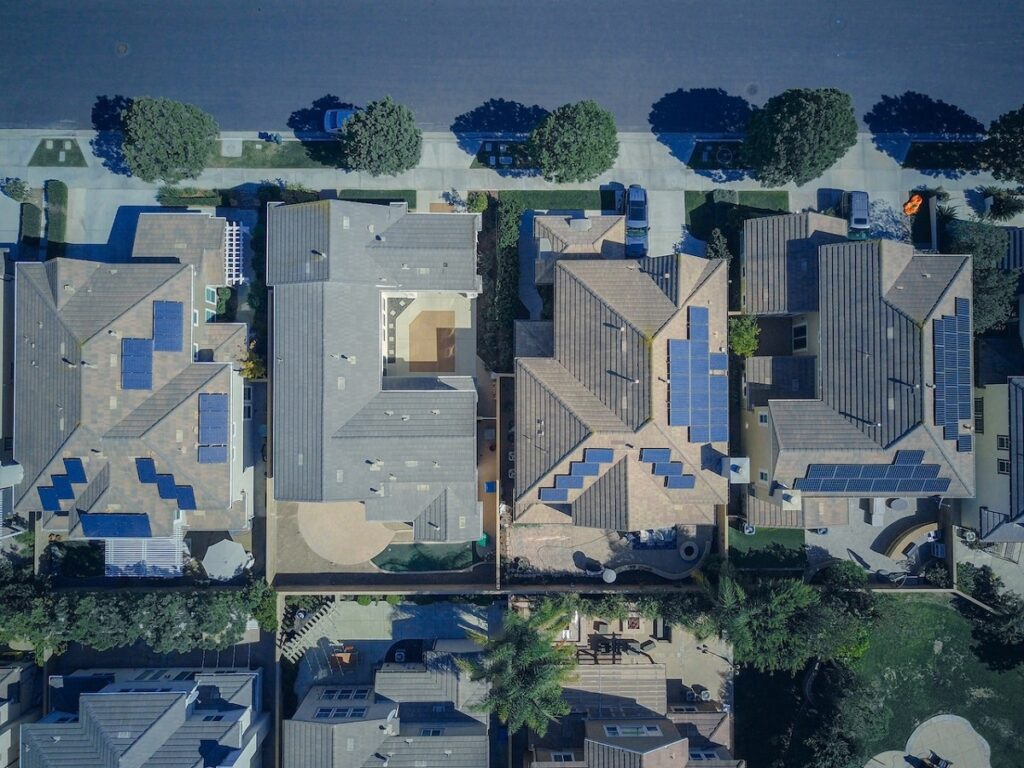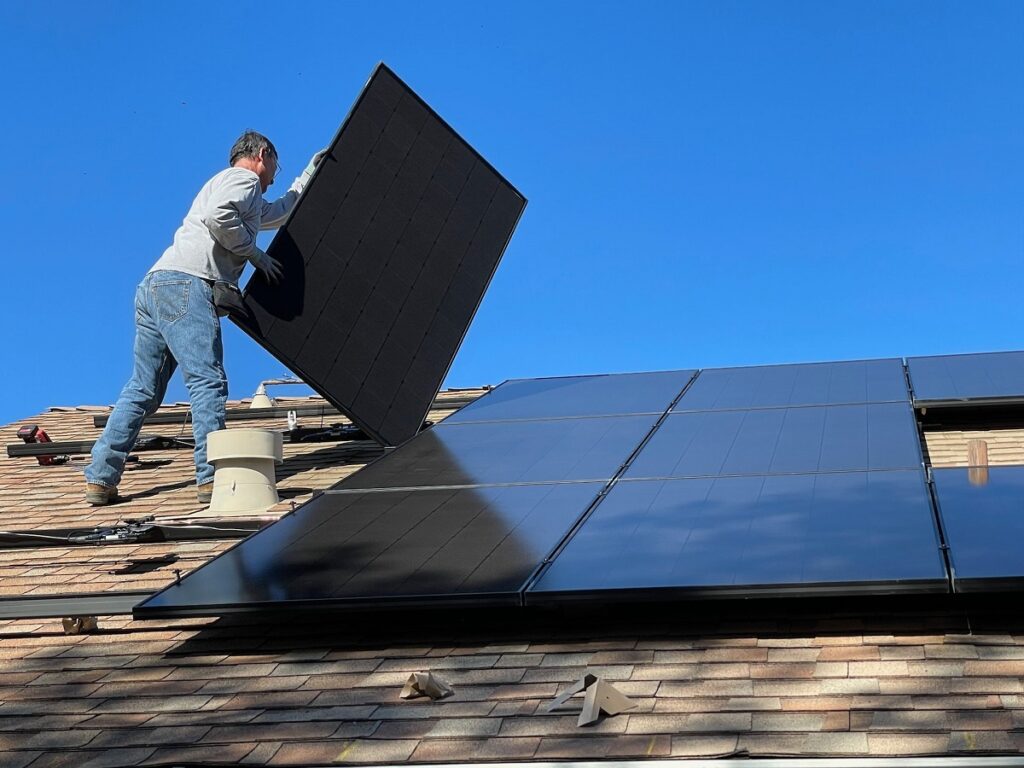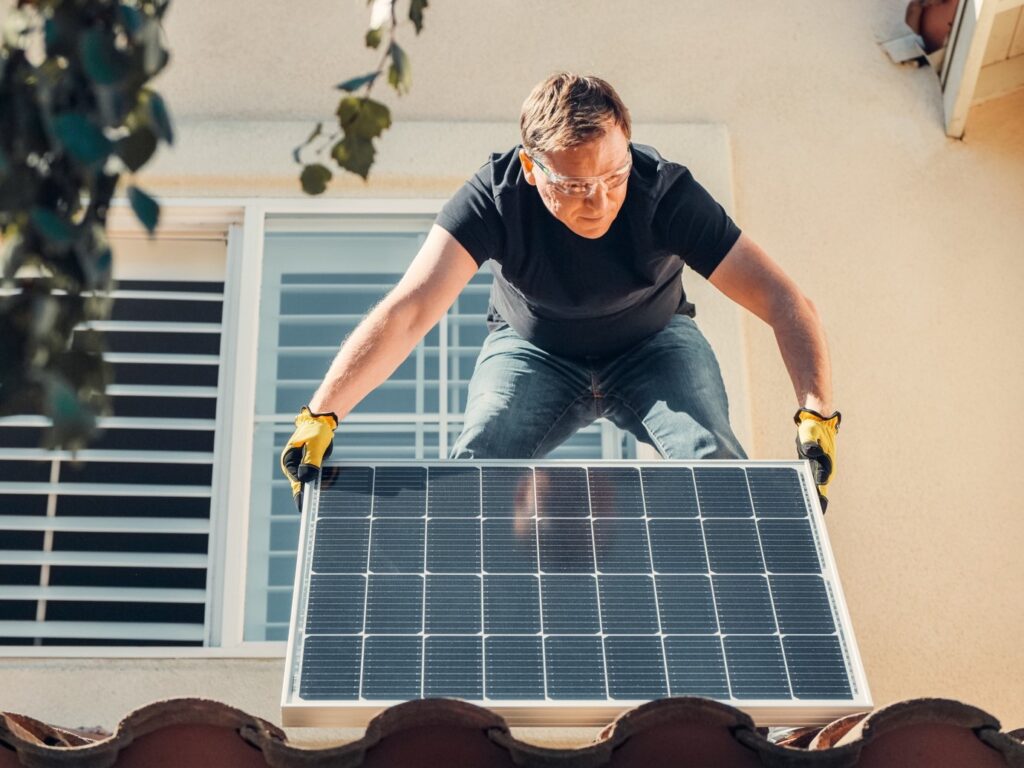Solar energy is becoming one of the fastest ways that Australian households can take control of their electricity bills. At Sunstainable, we believe every Australian can harness the sun’s energy and reap the benefits of a renewable energy source that is both good for your home and good for the environment. But don’t be put off by how complicated home solar solutions appear; at Sunstainable we put home solar systems in layman’s terms so you can take control of your energy use. In Components of a Solar Energy System: Part 1 we talked about PV panels, mounting racks, AC to DC inverters, and the Tesla Powerwall Battery Pack. However, there’s still more to unpack when it comes to the basic setup of home solar solutions. Let’s take a look at the array DC disconnect; power metre, utility metre, and kilowatt metre; backup generator; breaker panel, AC panel and circuit breaker panel; and finally the charge controller. Just remember, at Sunstainable we have been servicing Australian households for over ten years and we are here to put it all together for you. Just take a look at our recent work.
Power Metre, Utility Metre and Kilowatt Metre
Like any regular household energy metre, your power metre, utility metre and kilowatt metre are required when your home solar system is connected to the grid. The power metre measures how much energy is being drawn from the grid, while in systems designed to feed power back into the grid, the power metre also measures how much energy your household is sending out, and subsequently how much energy will be offset on your electricity bill.
Backup Generator
If you’re not connected to the grid then a backup generator is an essential part of ensuring your home has continuous power even in poor weather. There are a wide range of backup generators available, including backup generators that run on alternative fuels for the truly off-grid and eco-conscious.
Breaker panel, AC Panel and Circuit Breaker Panel
Your breaker panel is where your solar energy is joined to the electrical circuit. Your electrical circuit consists of continuous wires that feed into the outlets and lights in your home, so you really can’t do without it. Furthermore, in order to ensure safety compliance, you need to have a circuit breaker, so that your appliances don’t accidentally draw on too much energy and create a fire hazard. When this happens, a circuit breaker will trip and interrupt your energy supply.
Charge Controller
On-grid or off-grid, you should have a solar charge controller. Charge controllers prevent your batteries from overcharging, and prevent ‘leaks’ that leave you without power. They do this by maintaining the proper charging voltage for your system’s batteries. However, bear in mind that not all home solar systems require batteries, such as low-cost grid inter-tied systems, which we will write about in another blog post soon.
Ready to get powered by solar energy? Contact us for a free quote.
Blog
Solar Blog
You Also Might Be Interested In
Leave A Reply
Your Email Is Safe With Us.
This site uses Akismet to reduce spam.
Learn how your comment data is processed.


